SOC 2 compliance isn’t just about having the right documentation, it’s about proving your security controls actually work. For SaaS companies and service providers handling sensitive customer data, the pressure to meet these standards is only growing.
Whether it’s driven by sales conversations, vendor reviews, or investor due diligence, showing you can protect data is no longer optional.
SOC 2 pentesting helps teams do that with confidence. By simulating real-world attacks, it shows where your systems stand, what needs fixing, and how prepared you are for both threats and audits. It’s a practical, expected step in earning customer trust and staying compliant.
tl;dr: SOC 2 compliance requires more than policies, it calls for real evidence that your systems can withstand threats. Penetration testing helps meet this need by identifying actual risks across your applications, infrastructure, and processes. AppSecure’s SOC 2–focused approach combines hands-on testing, clear risk mapping, and audit-ready reporting to support both compliance and long-term security.
What is SOC 2 and who needs it?
SOC 2 is a widely accepted compliance framework designed by the American Institute of Certified Public Accountants (AICPA). It helps evaluate how companies manage customer data, particularly when delivered through cloud-based services.
Rather than just checking for policies, SOC 2 looks at how your systems and processes actually protect information in real-world conditions.
The framework is based on five Trust Services Criteria (TSC):
- Security: Ensures systems are protected from unauthorized access, whether accidental or malicious.
- Availability: Confirms that systems remain accessible and operational when users need them.
- Processing Integrity: Validates that data is processed accurately, completely, and in a timely manner.
- Confidentiality: Protects sensitive business and customer data from exposure.
- Privacy: Reviews how personal information is collected, stored, used, and deleted based on privacy standards.
SOC 2 is essential for SaaS companies, cloud providers, managed service vendors, and any business that handles customer or third-party data to:
- build trust with clients,
- meet security expectations, and
- reduce friction in enterprise deals.
In many cases, compliance is no longer optional, it’s a procurement requirement. There are two types of SOC 2 reports:
- Type I checks if controls are properly designed at a specific point in time.
- Type II tests whether those controls are operating effectively over a period, usually three to twelve months.
For early-stage companies, a Type I report helps meet initial vendor requirements. As they grow, a Type II report becomes more relevant, showing they can maintain compliance over time. Together, these reports help demonstrate operational maturity, reduce sales bottlenecks, and support a stronger security posture.
Is SOC 2 pentesting required for compliance?
While SOC 2 doesn’t explicitly demand penetration testing, it’s increasingly seen as a must-have by auditors, customers, and security teams. Here’s how it fits into your SOC 2 journey:
- Not a formal requirement, but widely adopted
SOC 2 audits evaluate whether your organization has proper controls in place and whether those controls function effectively over time (Type II). However, the framework does not prescribe specific activities like pentesting.
That being said, most modern security programs include SOC 2 pentesting as part of their internal risk management processes to meet audit expectations.
- Strengthens trust services criteria controls
While the framework allows flexibility in how controls are implemented, SOC 2 pentest serves as strong evidence under the Security and Confidentiality categories.
It demonstrates that your organization proactively identifies vulnerabilities in infrastructure, applications, and access controls, and takes steps to mitigate them before threats materialize.
- Expected by auditors and enterprise buyers
Although it’s not mandatory, pentesting is often requested by auditors and required by customers during vendor assessments.
A recent and thorough SOC 2 pentest report improves your credibility and helps auditors validate that your environment is protected against real-world attack scenarios, not just documented risks.
- Supports better audit outcomes
Running a pentest before your SOC 2 engagement helps uncover misconfigurations, exposed services, or access control gaps early. Addressing these findings before the audit improves the strength of your evidence and supports a smoother, faster audit process.
How penetration testing supports SOC 2 controls?
SOC 2 penetration testing doesn’t just reveal technical flaws, it provides direct, testable evidence that your controls align with SOC 2’s TSC. Below is a breakdown of how specific test outcomes map to this framework’s core requirements across security, confidentiality, and system integrity:
- Proactively identifying system vulnerabilities (CC4.1, CC7.1)
SOC 2 emphasizes risk identification and timely mitigation. CC4.1 requires organizations to define risk management activities, while CC7.1 focuses on identifying system components likely to be vulnerable.
A penetration test uncovers real-world vulnerabilities, misconfigurations, weak access control, unpatched components, and gives security teams validated insight into what needs immediate attention.
These findings go beyond theoretical risk assessments and show evidence of applied risk evaluation.
- Validating threat detection and incident response (CC7.2 – CC7.4)
Controls CC7.2 through CC7.4 require systems that detect and respond to threats.
Pentests provide realistic attack signals that validate whether intrusion detection systems (IDS), SIEM tools, or custom alerting workflows work in practice.
Security teams can track how alerts trigger, how fast the response is, and whether escalation paths are functioning. It helps prove readiness rather than just document it.
- Evaluating application and infrastructure security (CC6.6, CC6.7)
These controls ask organizations to safeguard system components from unauthorized access and known threats.
SOC 2 pentest evaluates whether firewalls, WAFs, authentication flows, and server configurations enforce those protections effectively. It also tests runtime security features, rate limiting, session expiration, and input sanitization, to ensure applications can withstand real-world exploitation.
- Testing access controls and network segmentation (CC6.1, CC6.2)
Controls around user authentication and authorization (like CC6.1 and CC6.2) require not just policy documentation, but proof that systems enforce access boundaries.
Pentests mimic privilege escalation attempts, lateral movement within cloud networks, and API abuse to evaluate whether user roles and segmentation prevent unauthorized access.
- Supporting confidentiality with data exposure testing (confidentiality criteria)
SOC 2 pentesting assesses data exposure risks in real environments, like improper access to sensitive fields in APIs, insecure storage, or leaked metadata.
This supports the Confidentiality criterion, ensuring organizations restrict data access to only those authorized and verify safeguards like encryption at rest, HTTPS transport, and tokenized access.
When to conduct pentesting during the SOC 2 journey?
Timing penetration testing precisely ensures that its findings contribute meaningfully to SOC 2 compliance at every phase of the lifecycle. When executed at the right points, a pentest validates technical controls, strengthens risk posture, and provides audit-ready evidence.
Here's how to align your SOC 2 pentest with each stage:
- Pre–readiness assessment
Before beginning formal readiness activities, a pentest surfaces exploitable misconfigurations, access control gaps, unpatched components, and insecure interfaces.
Addressing these vulnerabilities early enhances your baseline security before documentation or control mapping begins.
- During policy and control development
Pentest outputs provide real-world evidence to inform your risk register, asset inventory, and control documentation.
Instead of relying solely on theoretical risk models, security teams can incorporate validated threat data into their policies, especially around access control, data handling, and response planning.
- Prior to the Type II audit window
In Type II audits, auditors assess how well controls operate over time. A pentest conducted within or just before the audit window demonstrates actual effectiveness.
It validates runtime controls like intrusion detection, identity enforcement, session handling, and outbound data flow restrictions.
- During post-audit operations
SOC 2 pentest supports compliance by detecting new risks introduced by product updates, infrastructure changes, or third-party integrations.
Annual or semi-annual testing ensures sustained adherence to control objectives, particularly under CC7.x and Confidentiality requirements.
Key elements of a SOC 2–aligned pentest
Apart from knowing when to conduct penetration testing during the SOC 2 journey, it’s equally important to understand what such a test must include:
- Internal vs. External Testing
A balanced SOC 2 pentest examines both external and internal assets.
External testing focuses on publicly exposed applications, login portals, and cloud-hosted services.
Internal testing simulates insider threats or post-breach scenarios, targeting development environments, internal dashboards, or improperly segmented networks.
This dual-scope approach validates controls related to boundary protection and internal segmentation.
- Web Application and API Security
SOC 2 requires strong safeguards for system integrity and data confidentiality. A proper test includes manual review of web apps and APIs to uncover logic flaws, broken authentication, improper access controls, and data exposure risks.
API-specific issues like insecure endpoints, excessive data returns, or missing authorization checks must be addressed.
- Infrastructure Testing (Cloud, Containers, etc.)
Infrastructure tests target misconfigurations in cloud services, IAM roles, storage buckets, and containerized environments like Docker or Kubernetes.
The focus is on identifying open ports, exposed metadata services, or improper network rules. Testing cloud infrastructure supports CC6.x controls related to system hardening and change management.
- Social Engineering and Phishing (If in Scope)
If permitted, simulated phishing campaigns or pretext calls can test user awareness and the effectiveness of detection and response workflows.
This ties back to incident detection requirements (CC7.2–CC7.4) and helps prove that human-layer controls are both active and monitored.
- Prioritized Reporting and Remediation Guidance
Pentest reports must do more than list issues, they should help teams act. Findings should be categorized by severity (e.g., CVSS or custom scoring), include risk context, and offer clear remediation steps.
Mapping each issue to SOC 2 criteria helps show control effectiveness and risk ownership.
- Evidence Logs and Proof-of-Concept Samples
Auditors expect evidence. Each finding must include logs, payloads, screenshots, or reproduction steps that validate its existence.
For SOC 2, this helps demonstrate real-world control gaps and supports your audit package with defensible proof, not just theoretical risks.
AppSecure’s approach to SOC 2–focused pentesting
AppSecure’s penetration testing methodology is designed to meet the real-world needs of SaaS platforms and cloud-first businesses, with a strong focus on aligning testing outcomes to compliance controls.
Here's how AppSecure ensures your SOC 2 pentest supports both security and audit-readiness:
- Mapping scope to trust services criteria
AppSecure scopes each pentest based on the Trust Services Criteria relevant to your SOC 2 objectives, whether that’s Security, Confidentiality, or Availability. This ensures the test focuses on the specific systems, APIs, and infrastructure components that fall under audit requirements.
- Manual-first testing for realistic coverage
Rather than relying heavily on automated scans, AppSecure emphasizes manual testing to simulate how real attackers would exploit application logic flaws, weak authentication flows, or misconfigured cloud setups. This approach surfaces issues automated tools often miss.
- Reports that align with auditor expectations
Each penetration testing report is written with SOC 2 audits in mind, clear, prioritized findings with mapped controls, proof-of-concept evidence, and remediation suggestions. The format supports both technical teams and auditors during review.
- Coordination with compliance and security teams
AppSecure works alongside your compliance teams to time the test around audit windows, incorporate findings into your risk register, and align results with internal control documentation.
- Support for fixes and retesting
After the initial test, AppSecure provides remediation advice and retesting to verify fixes. This helps maintain compliance continuity and ensures systems remain secure between audits.
Pentesting vs. vulnerability scanning: What SOC 2 auditors want
When preparing for SOC 2, many teams ask if vulnerability scanning alone is enough. While scanning plays a role, it doesn't provide the depth or context auditors look for.
To build trust and demonstrate due diligence, it's important to understand how pentesting and scanning complement each other, and why both matter.
- Scanning identifies surface-level issues
Automated vulnerability scanning helps detect common weaknesses such as outdated libraries, exposed ports, or missing patches. It's useful for coverage across large environments, but it stops at known issues and lacks the ability to explore impact or business risk.
- Pentesting explores real-world exploitation
Penetration testing goes deeper. It simulates how an attacker might exploit misconfigurations, weak logic, or chained vulnerabilities to compromise assets.
Since it’s human-led, it uncovers issues that scanners miss, especially in modern cloud apps, complex workflows, or API ecosystems.
- Auditors prioritize evidence of control effectiveness
SOC 2 audits require evidence that your security controls not only exist but work under real-world conditions. Pentesting demonstrates this through detailed, scenario-based assessments. That’s why most auditors treat it as a stronger indicator of preparedness than scanning alone.
Conduct penetration testing regularly to strengthen your SOC 2 program
Penetration testing adds real value to your SOC 2 efforts by proving that your security controls actually work. It helps uncover hidden vulnerabilities, test incident response readiness, and ensure systems are secure against real threats, not just on paper.
For SaaS and cloud-native businesses, it’s a practical way to meet audit expectations and build customer trust.
At AppSecure, we focus on SOC 2–aligned pentests that are built around your infrastructure, product, and compliance goals. Our hands-on approach helps you stay ahead of threats while keeping your compliance journey on track.
Reach out to us to plan a pentest that fits your SOC 2 timeline and audit needs.
FAQs
- Is penetration testing mandatory for SOC 2 compliance?
Penetration testing is not mandatory for SOC 2, but it’s strongly recommended to meet Security and Confidentiality criteria and is often expected by auditors.
- How often should companies perform pentesting for SOC 2?
At least once a year or before major releases, policy updates, or SOC 2 Type II audits. Regular testing shows ongoing risk management.
- What does a SOC 2–focused pentest include?
It includes internal/external testing, web app and API assessments, cloud infrastructure review, and reporting mapped to Trust Services Criteria.
- How do I align pentest results with SOC 2 controls?
Map findings to relevant criteria like CC4.1 (risk management) and CC7.1–CC7.4 (threat detection/response) with evidence and remediation steps.
- Does AppSecure provide SOC 2 audit-ready pentest reports?
Yes. AppSecure delivers detailed, auditor-friendly reports with risk severity, supporting evidence, and remediation guidance aligned to SOC 2.

Ankit is a B2B SaaS marketing expert with deep specialization in cybersecurity. He makes complex topics like EDR, XDR, MDR, and Cloud Security accessible and discoverable through strategic content and smart distribution. A frequent contributor to industry blogs and panels, Ankit is known for turning technical depth into clear, actionable insights. Outside of work, he explores emerging security trends and mentors aspiring marketers in the cybersecurity space.


.png)

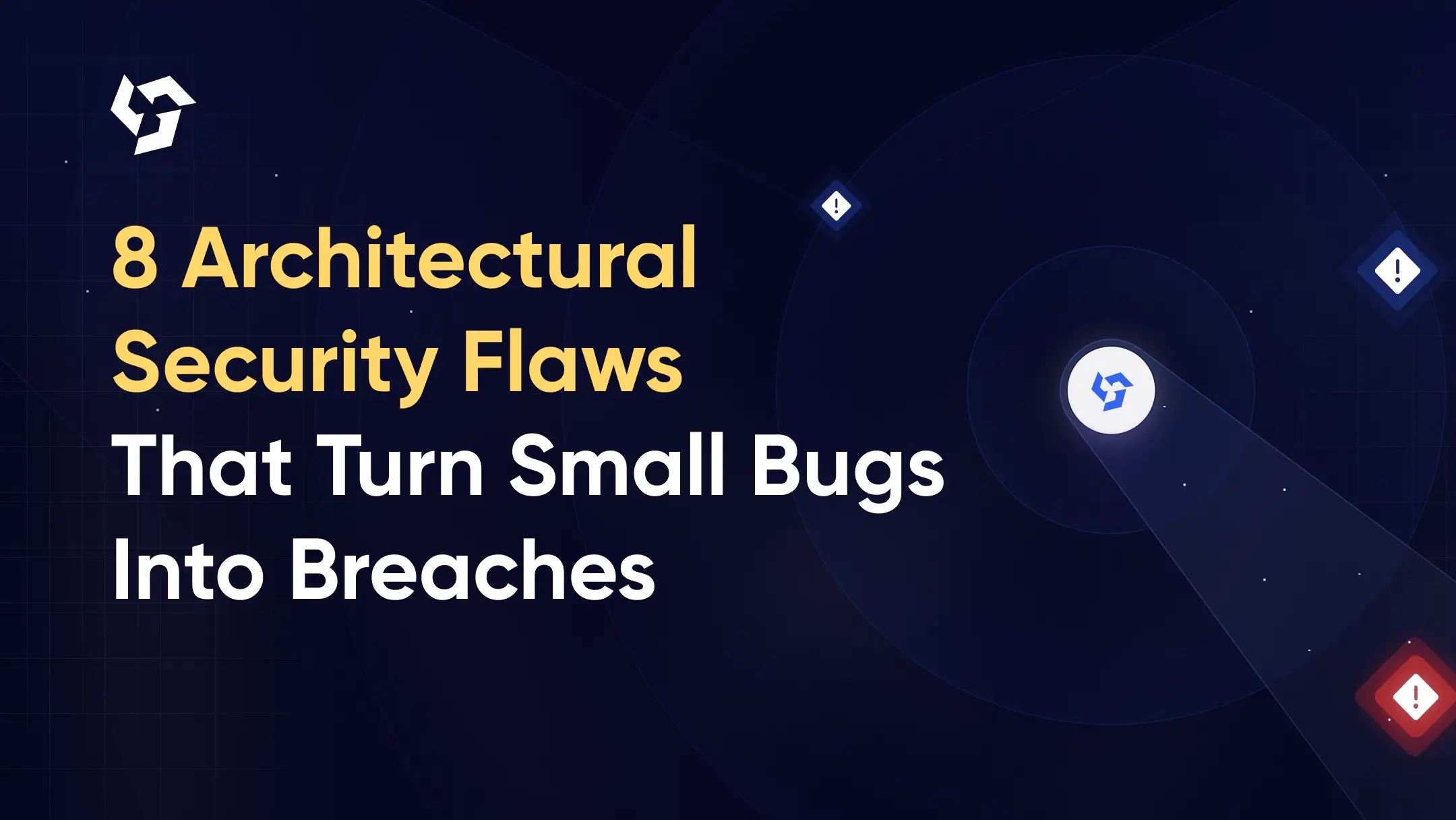
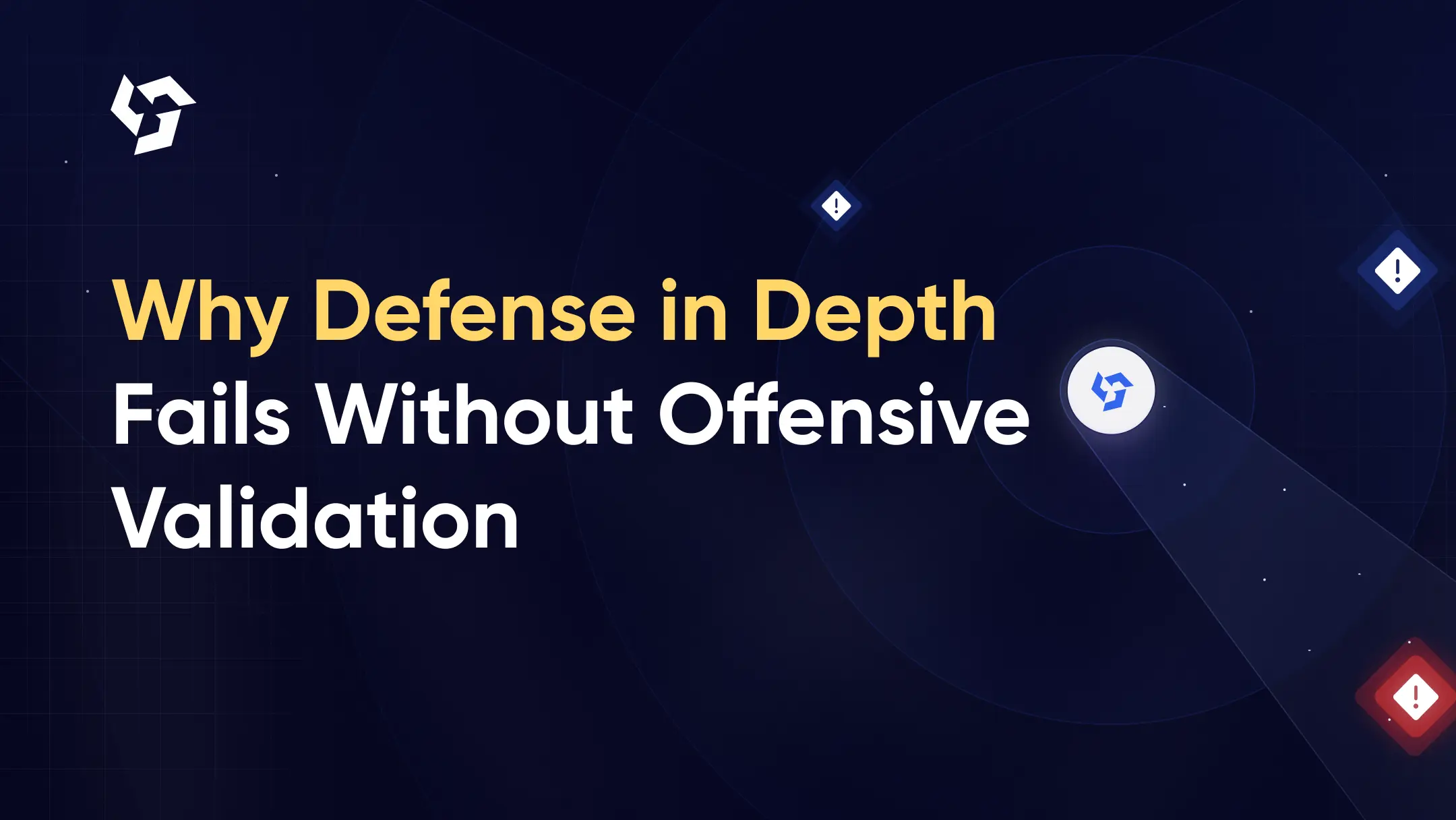
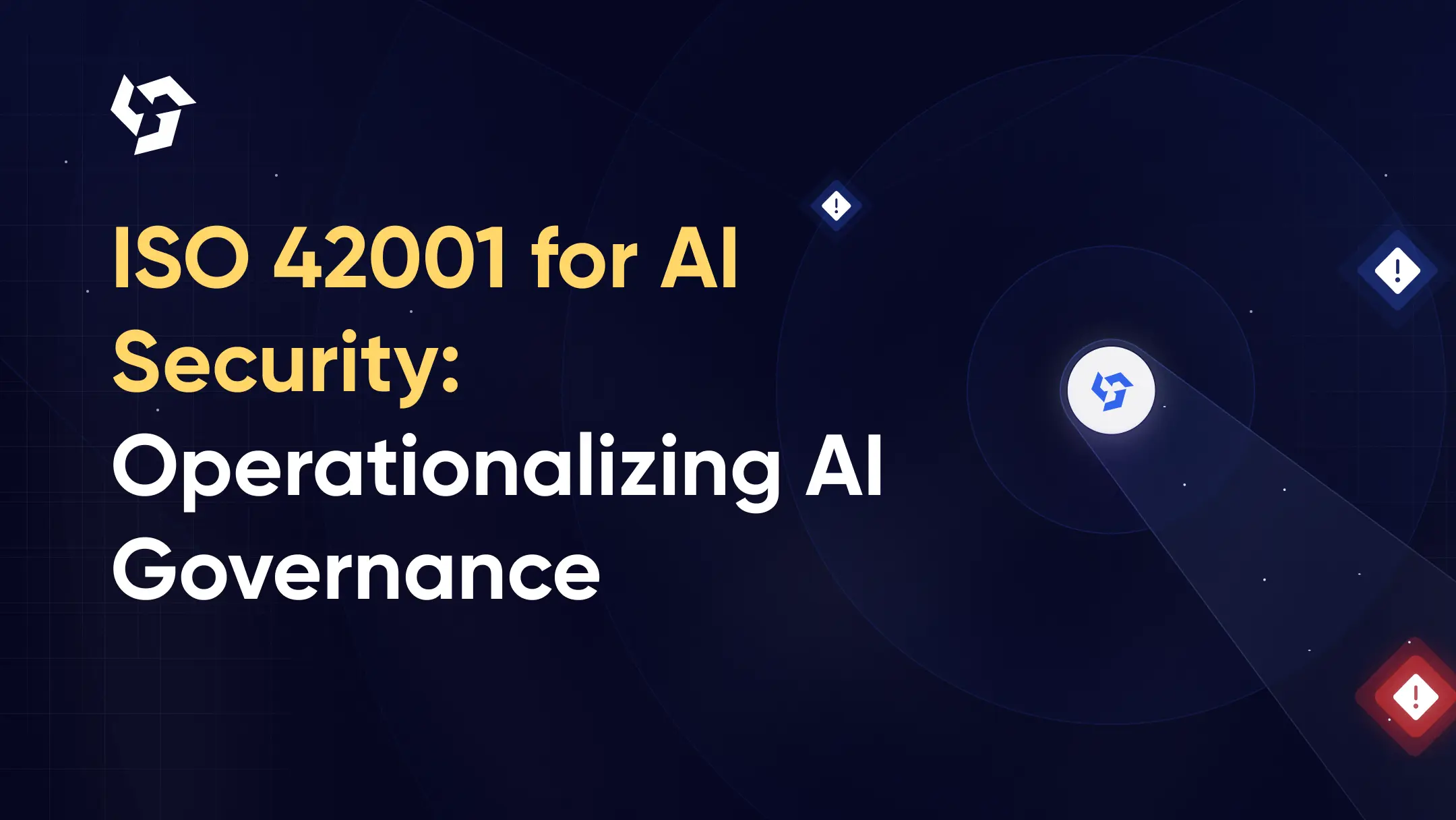
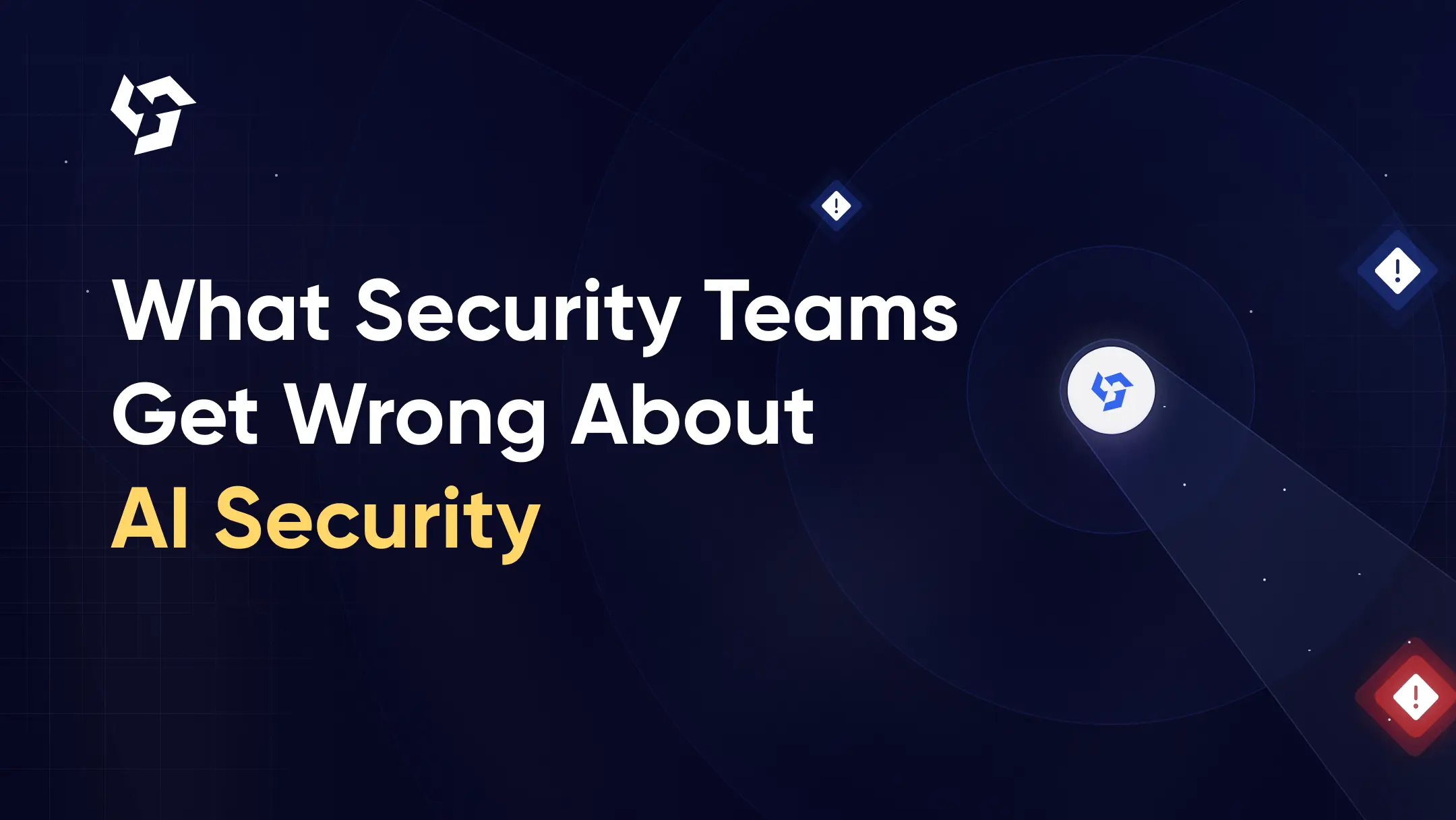
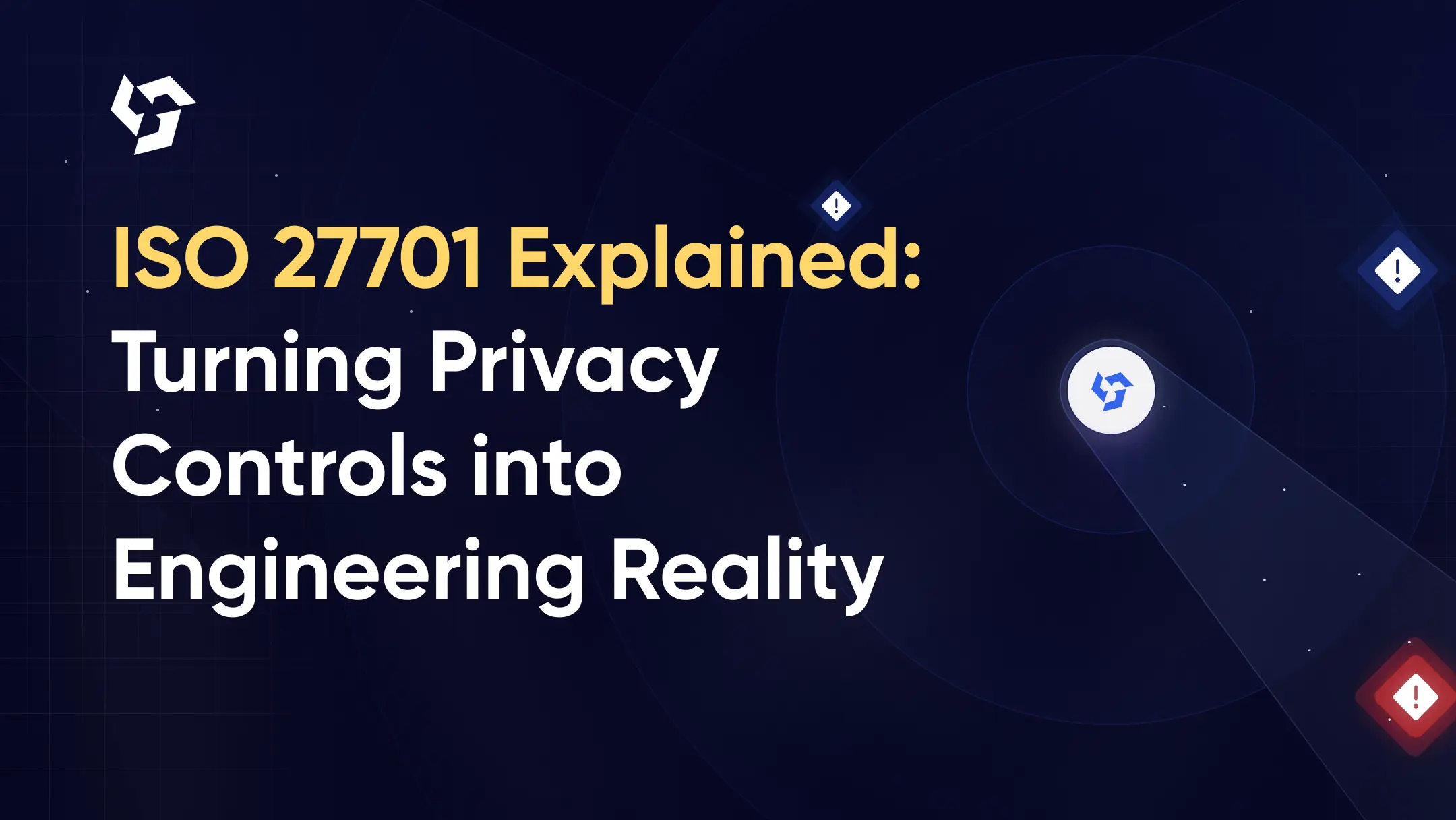
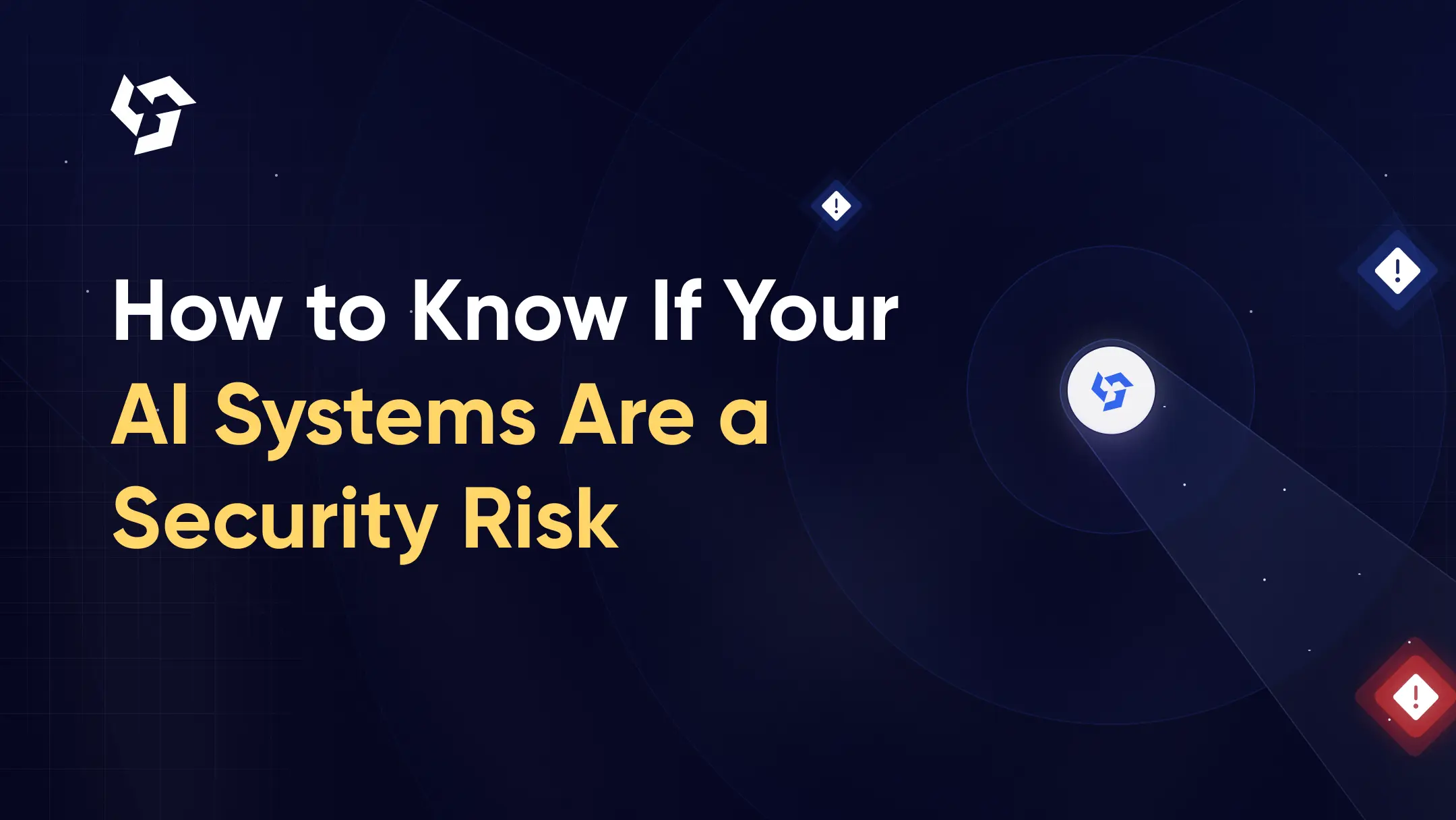
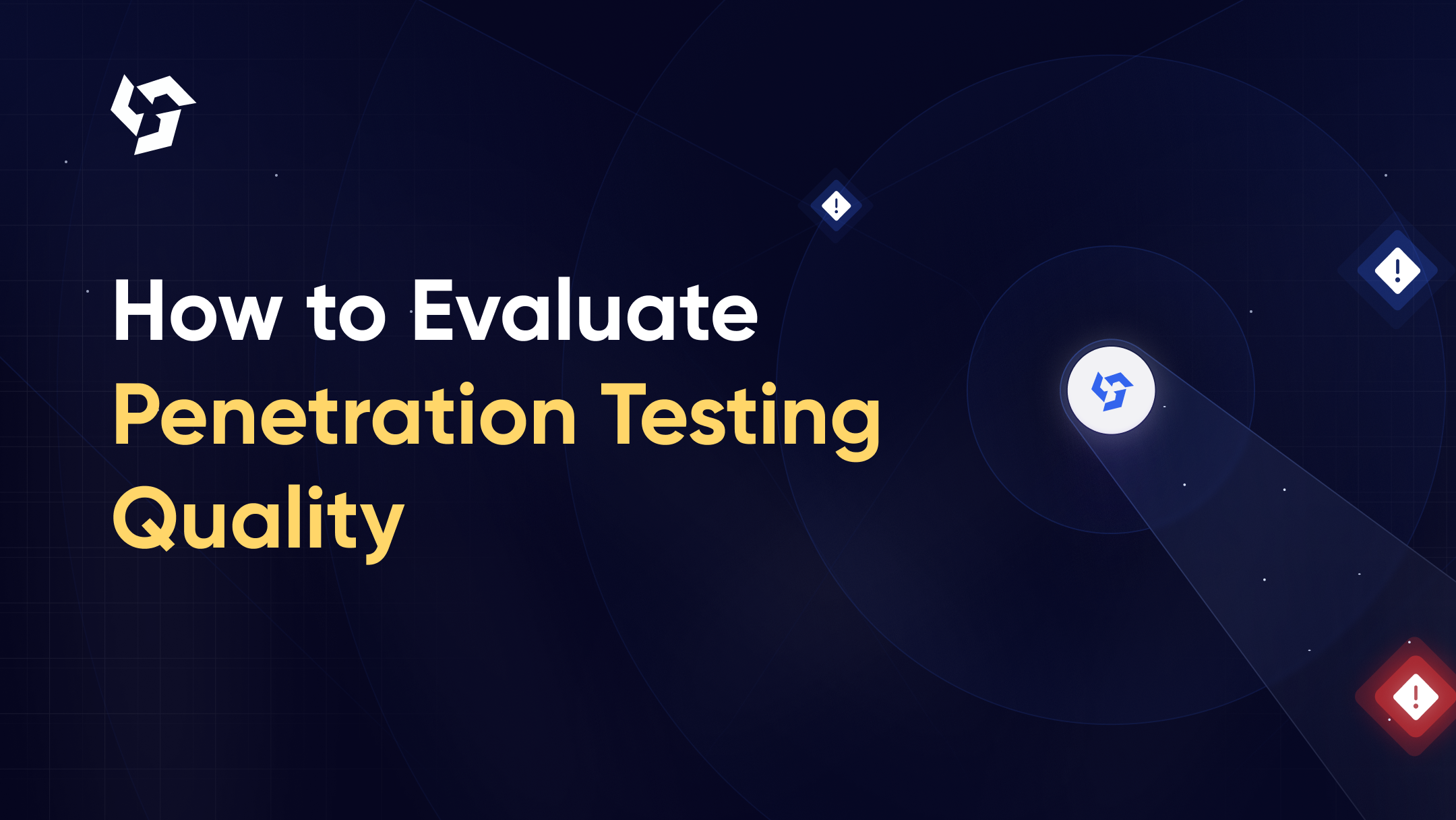
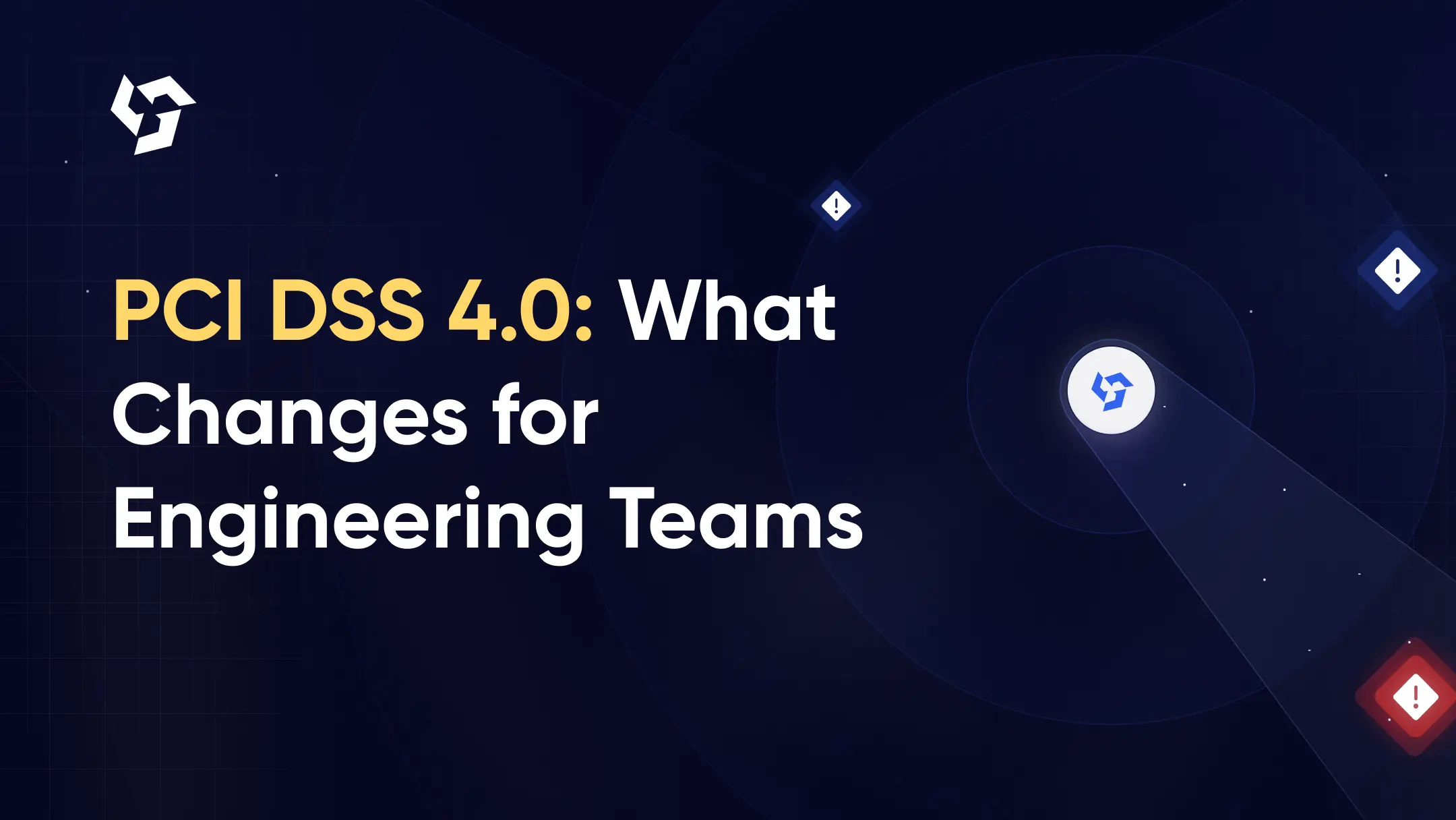
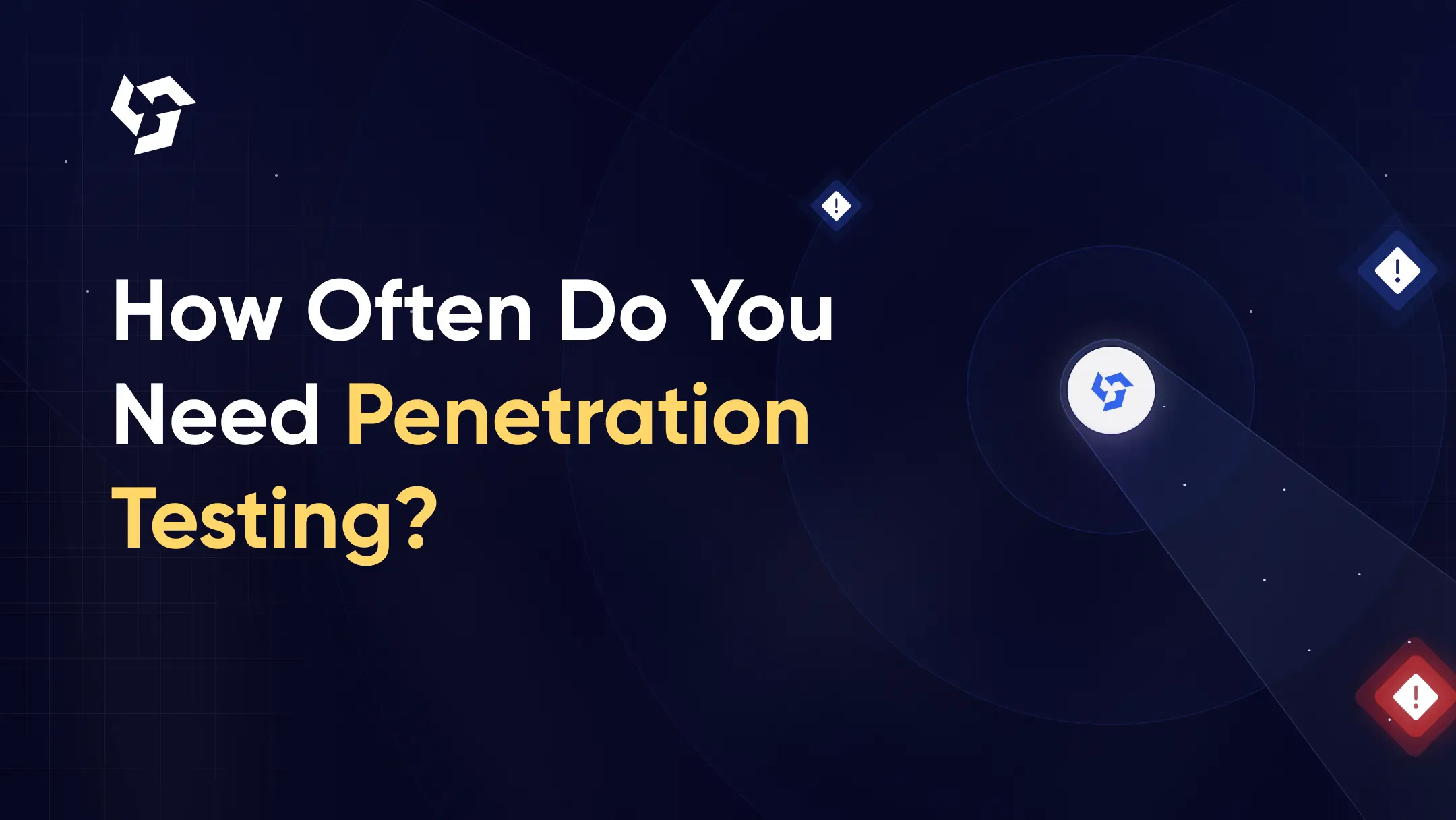
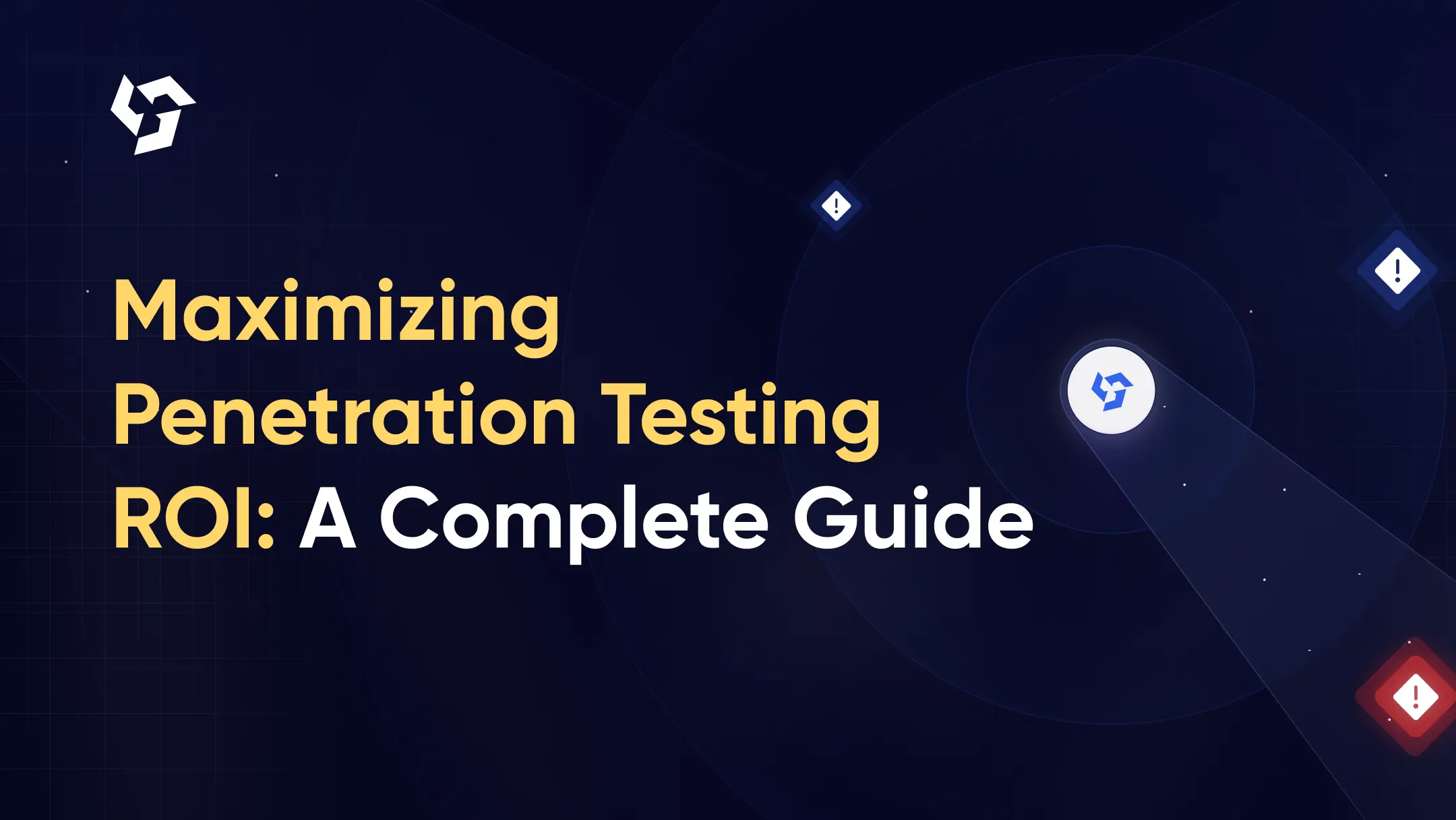

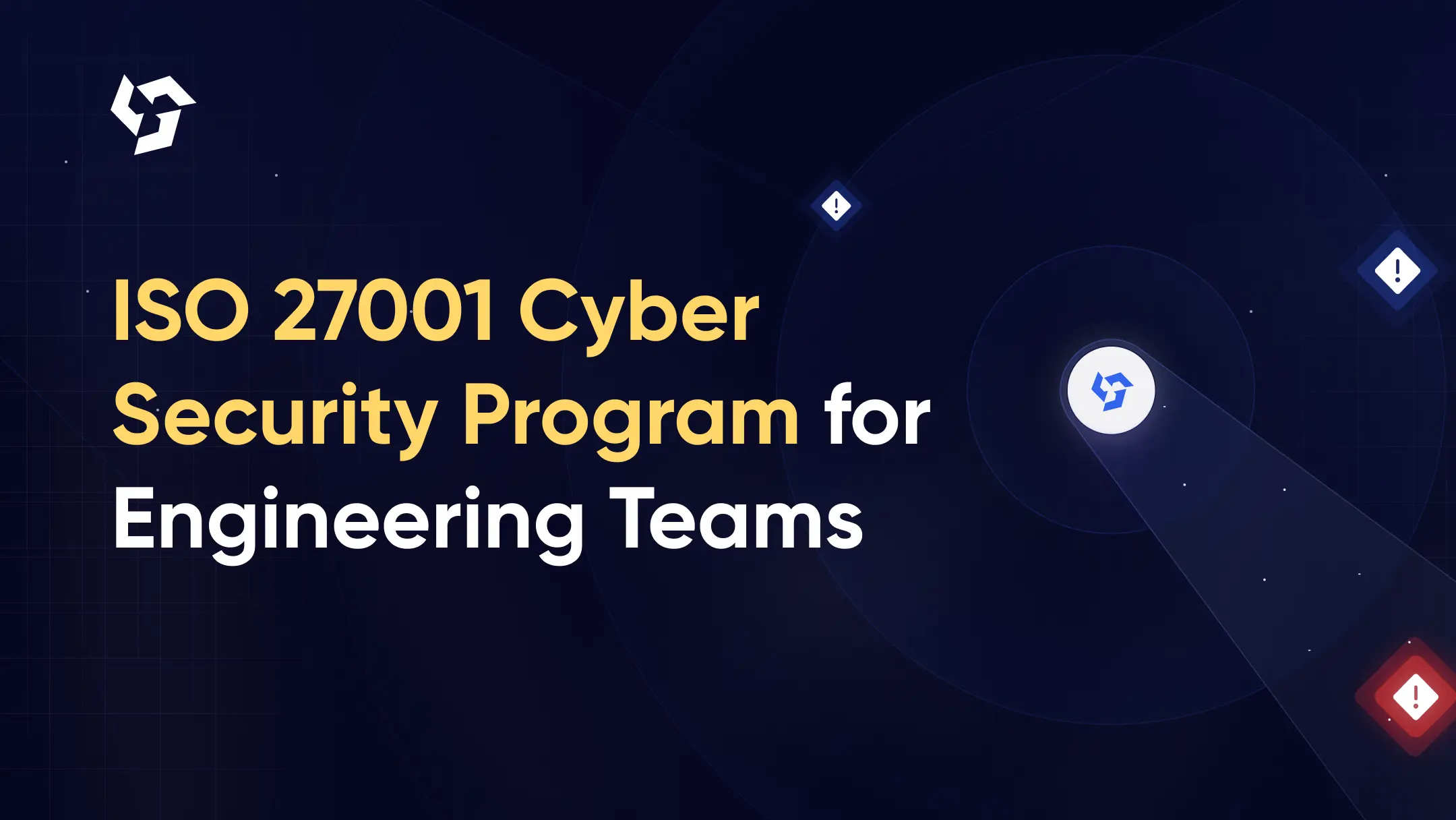
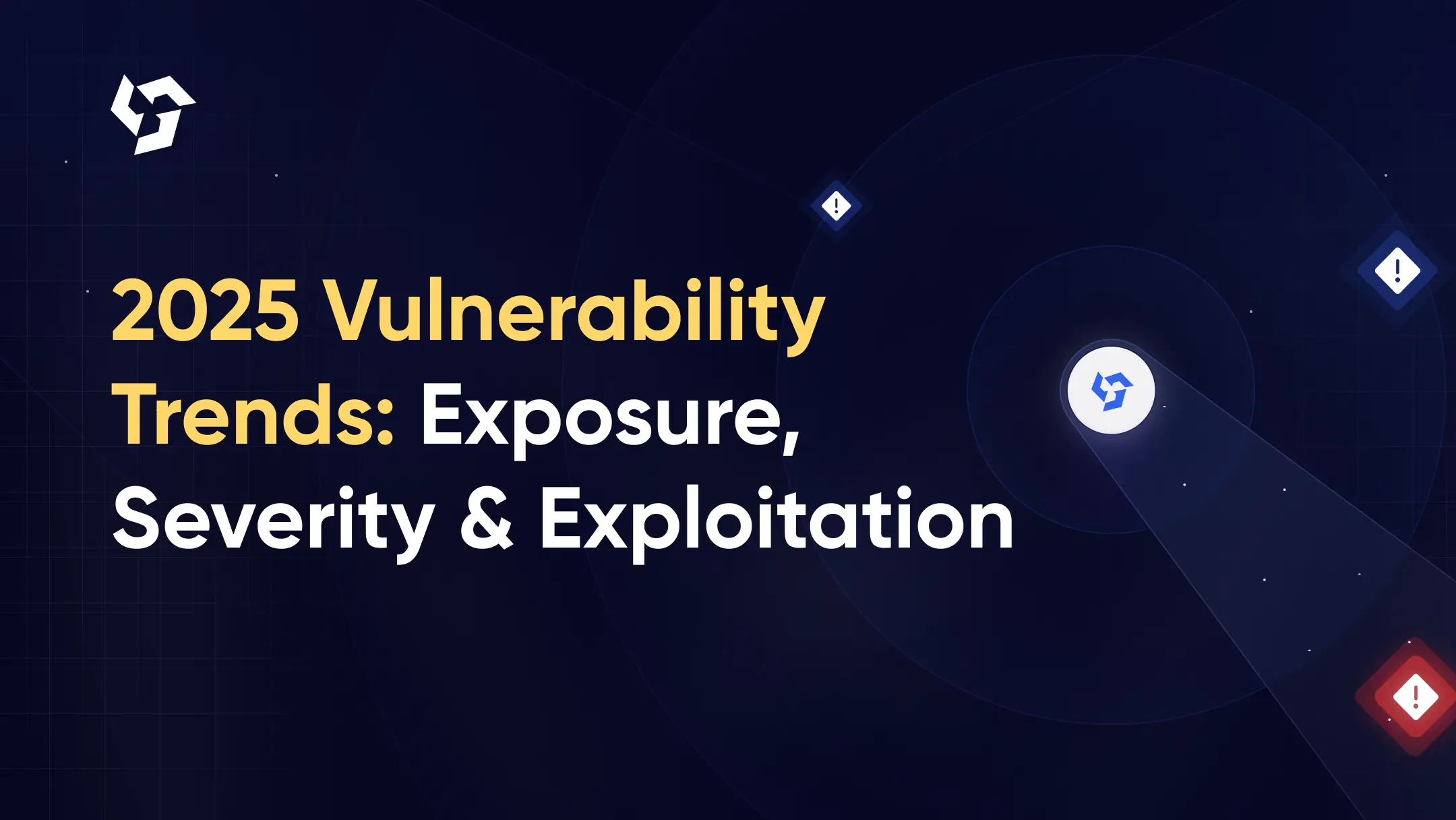
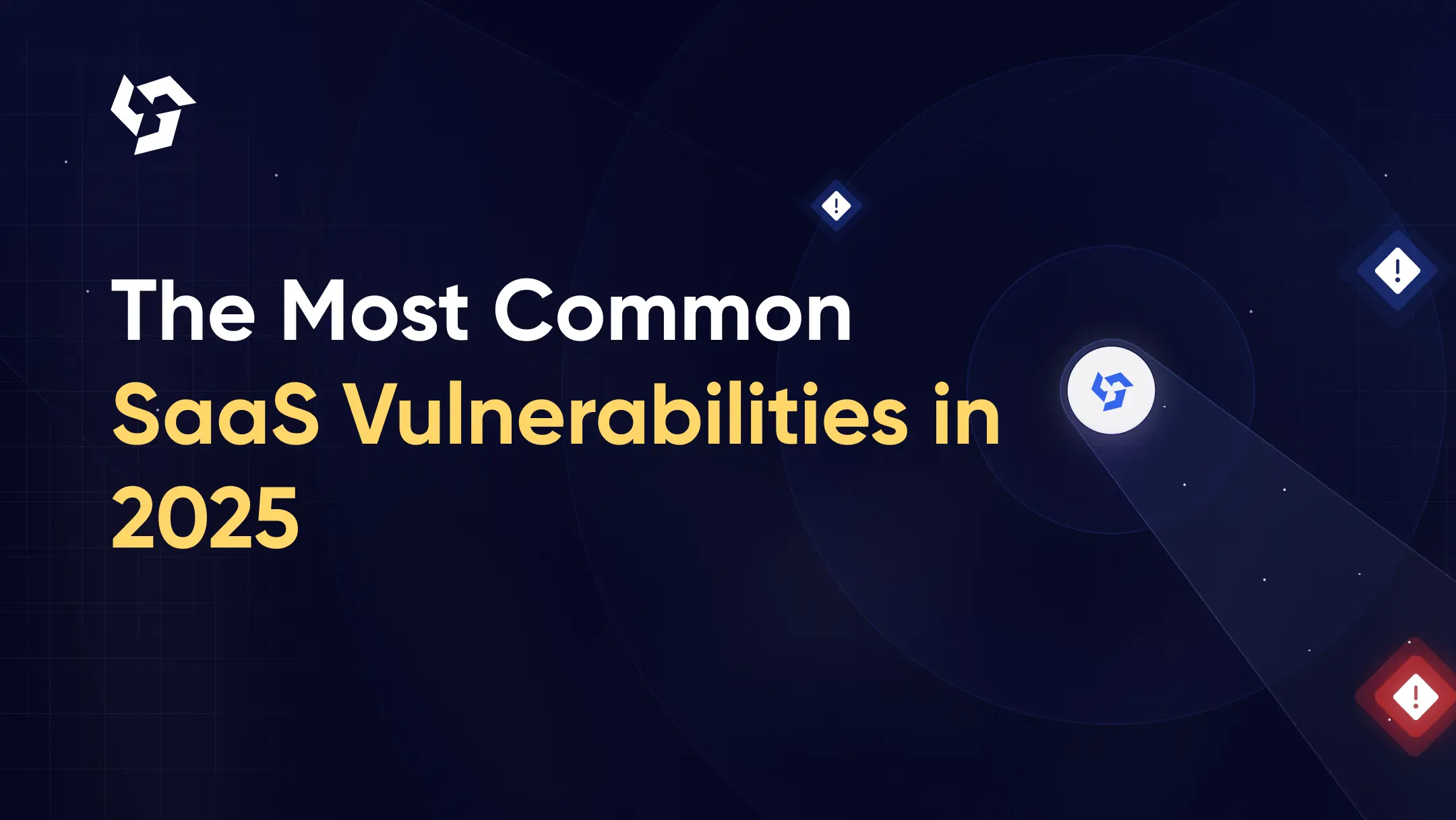





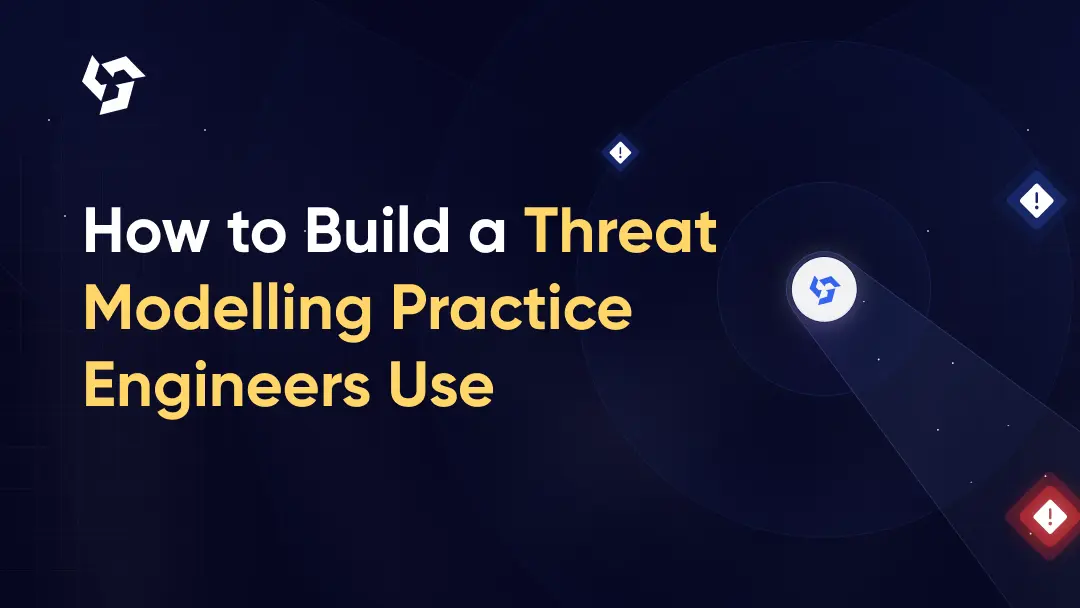
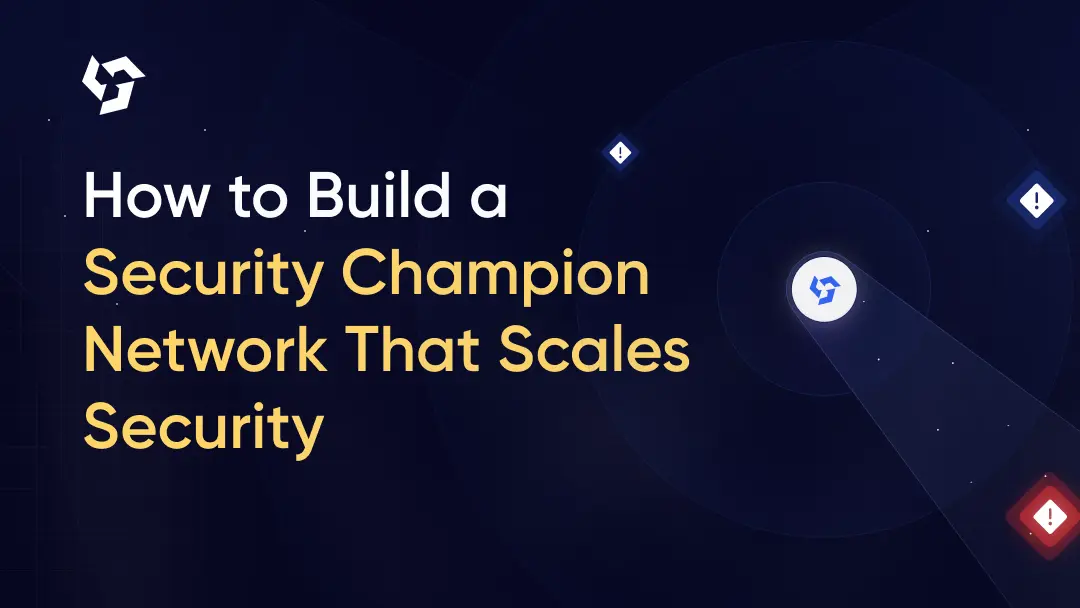

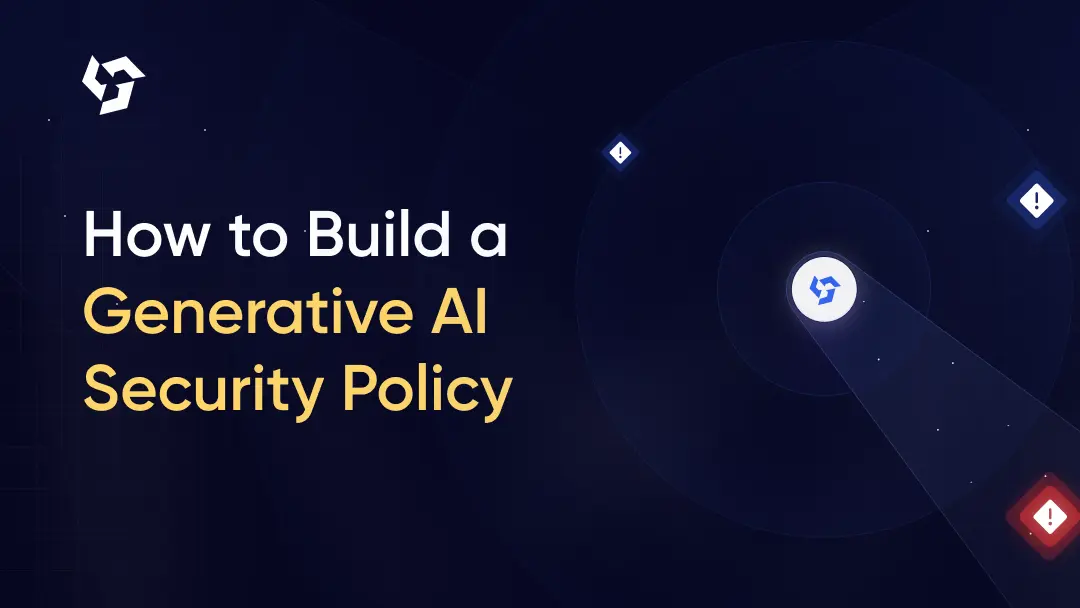
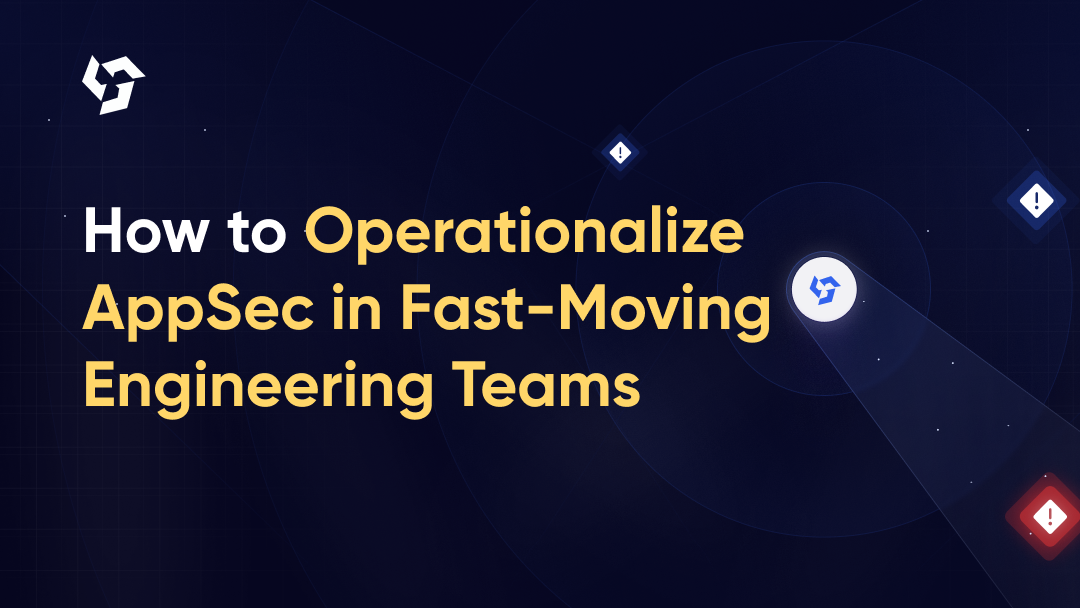

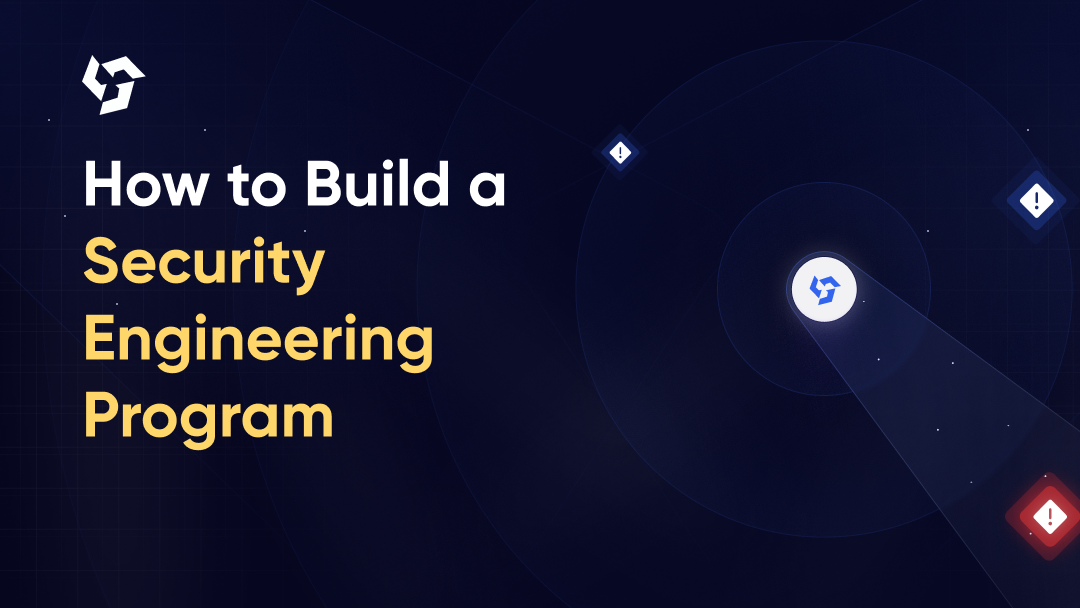

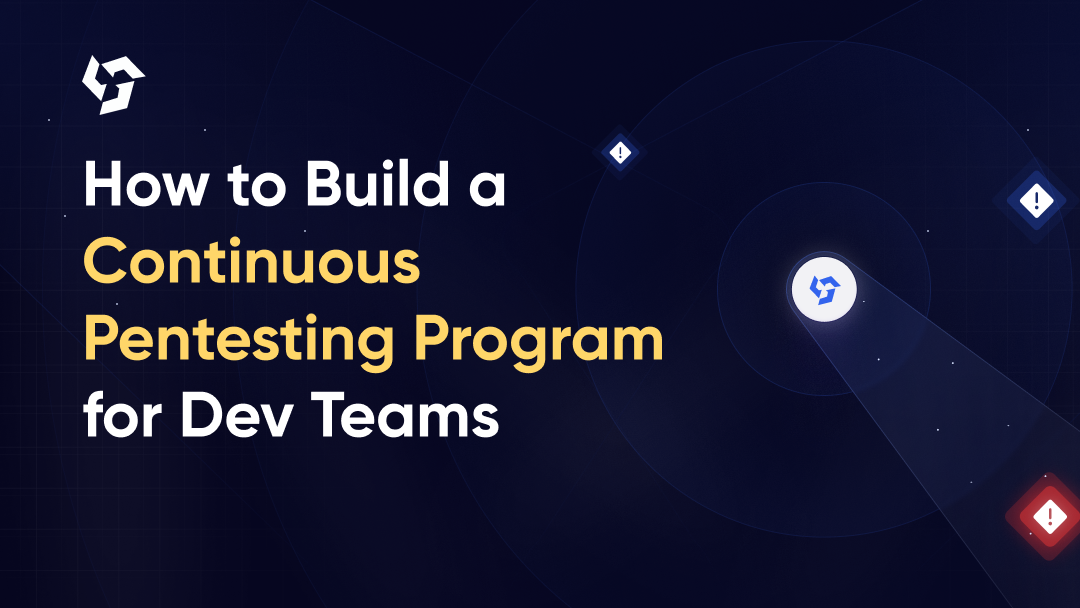

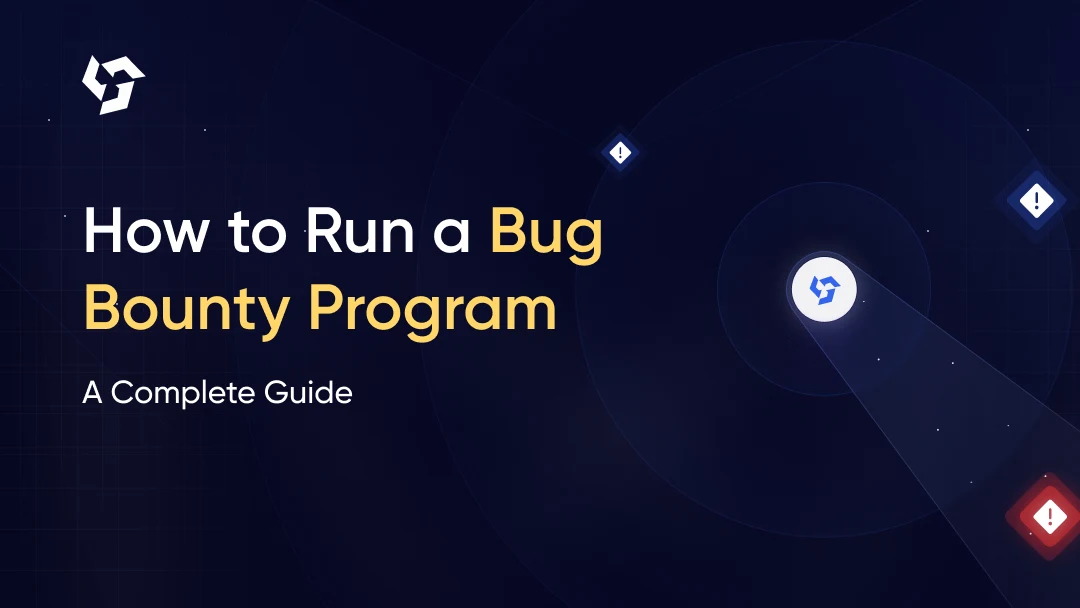


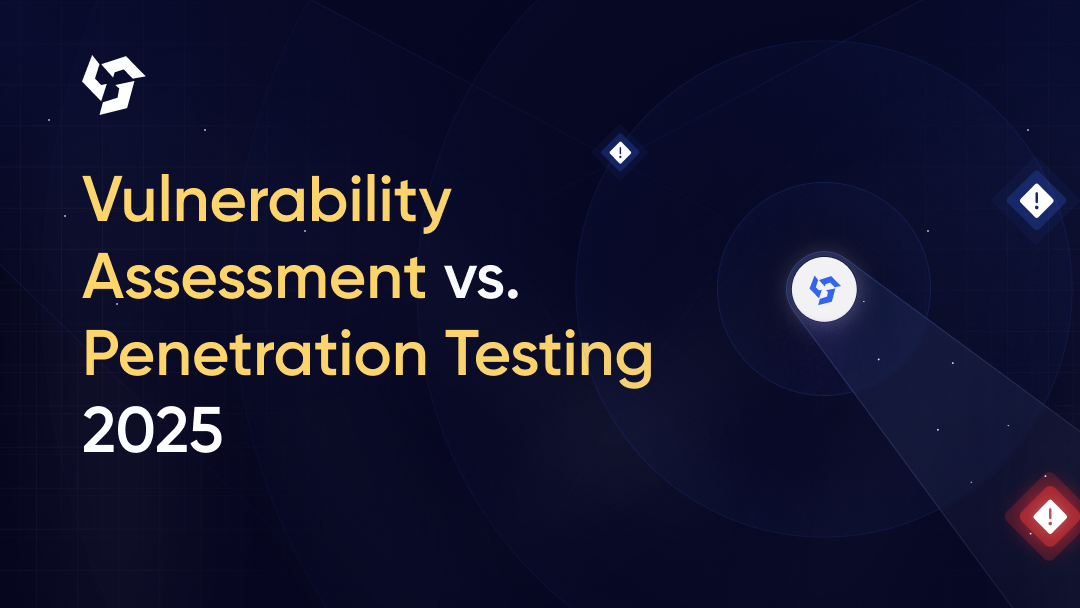

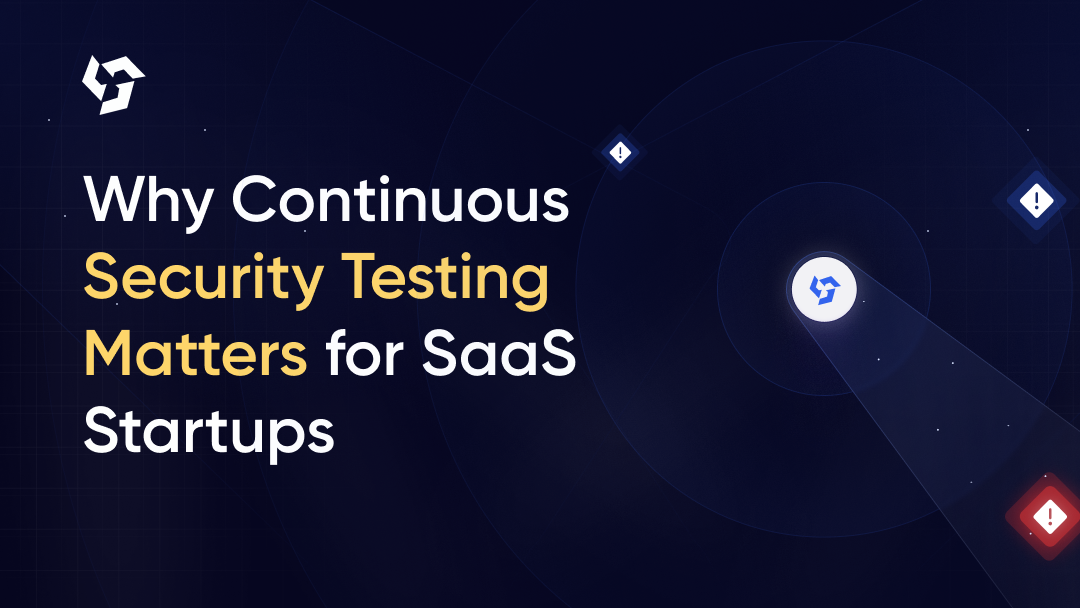
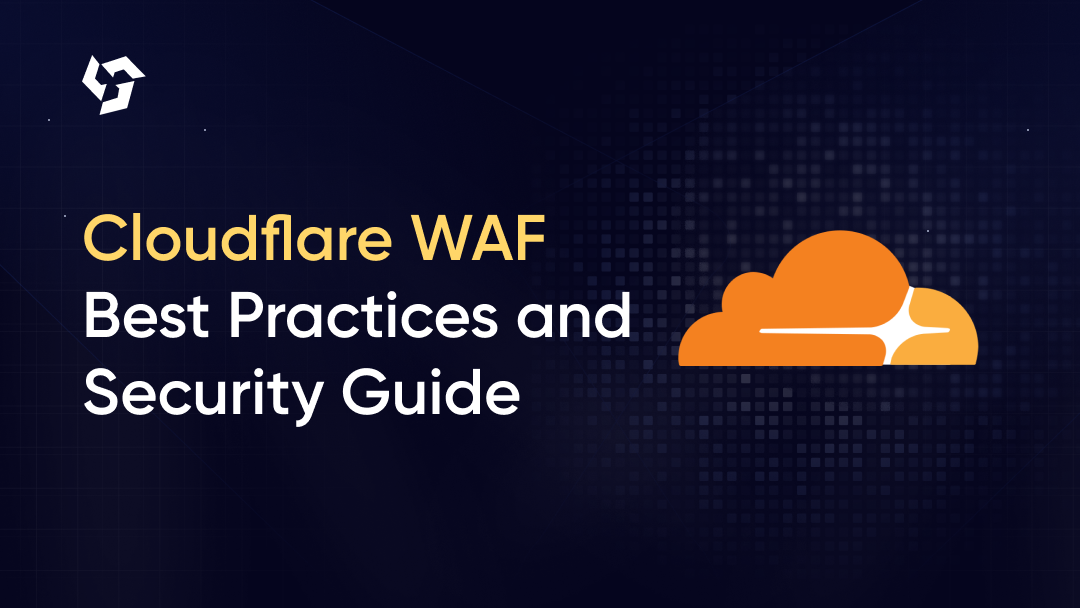

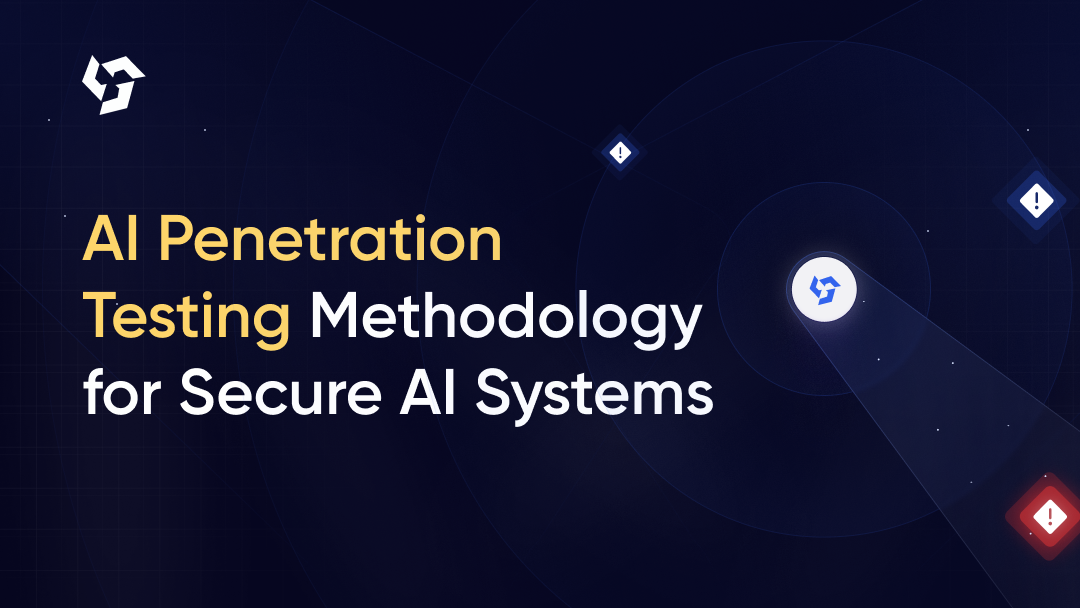
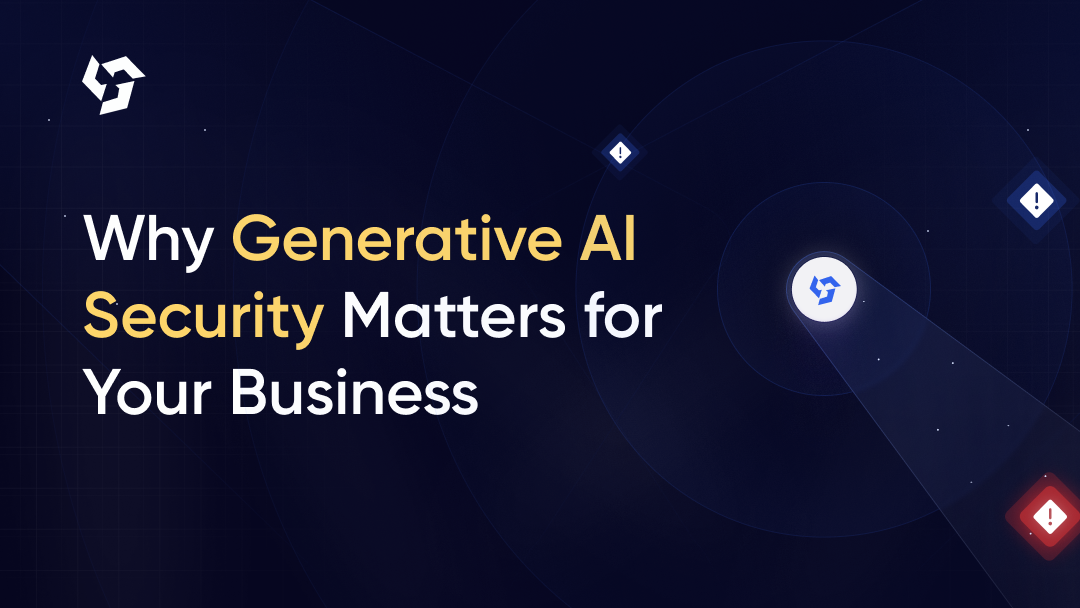
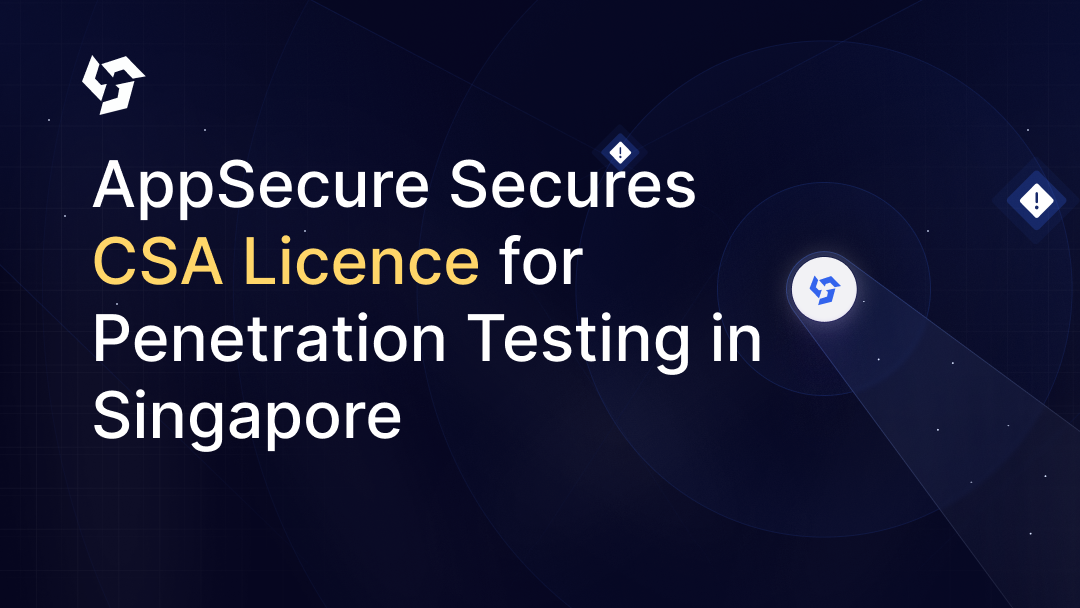
.png)
.png)
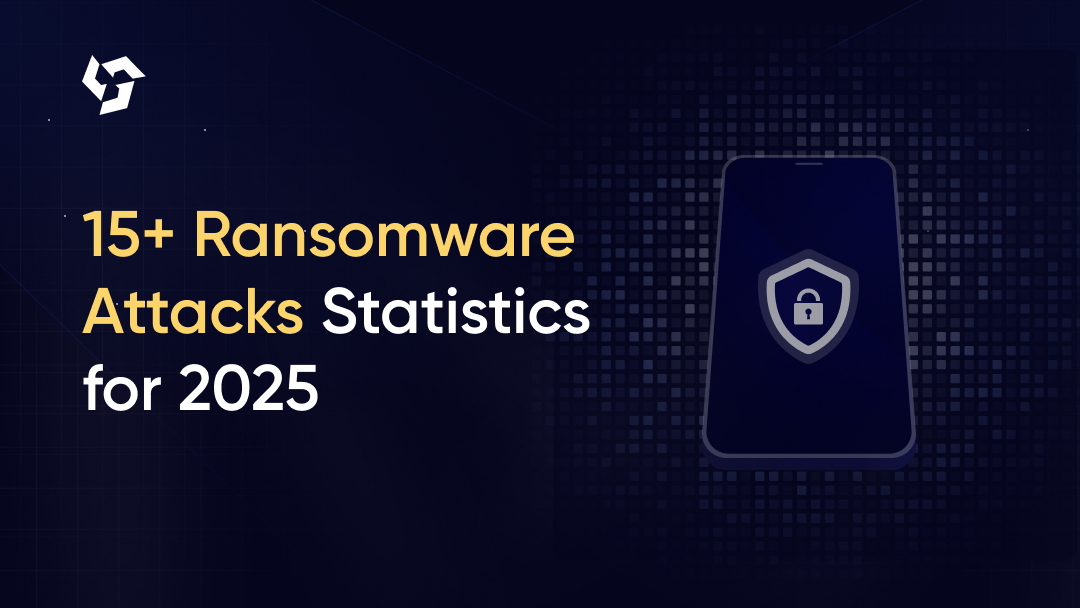
.png)
.png)
.png)
.png)
.png)
.png)
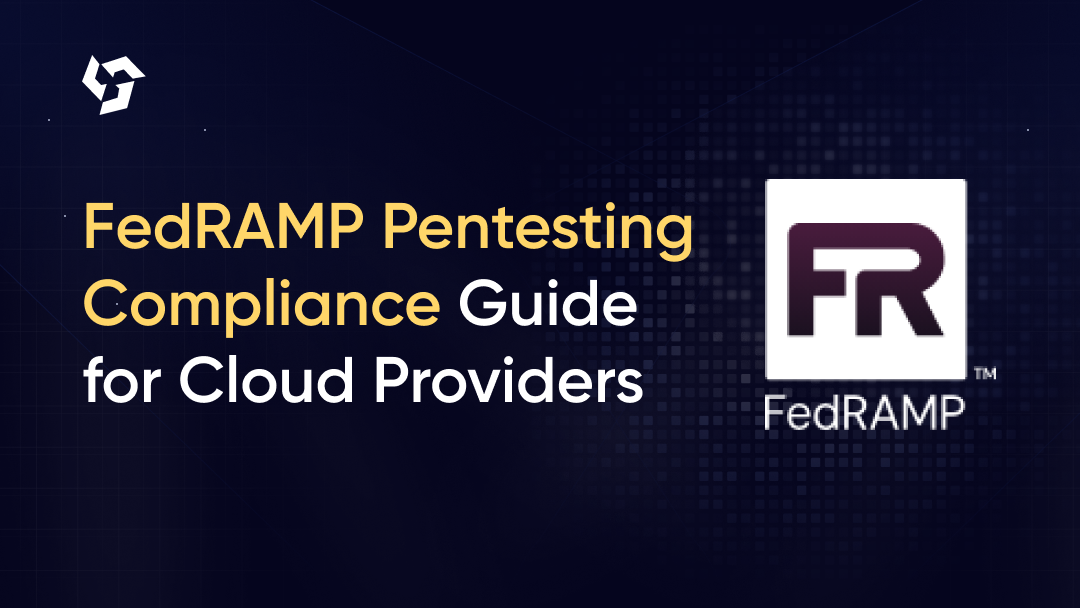
.png)
.png)
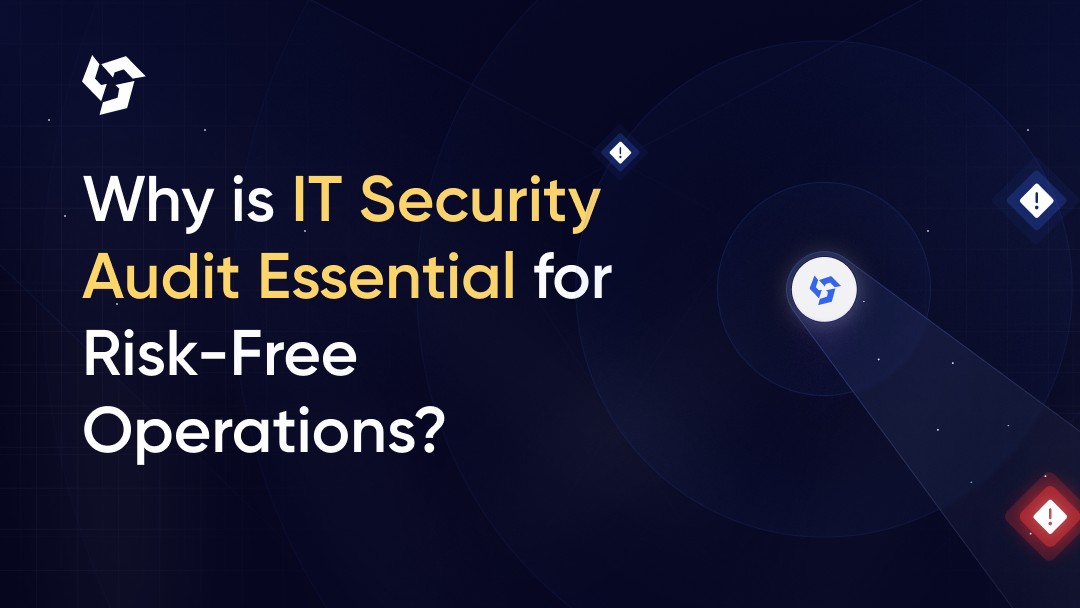

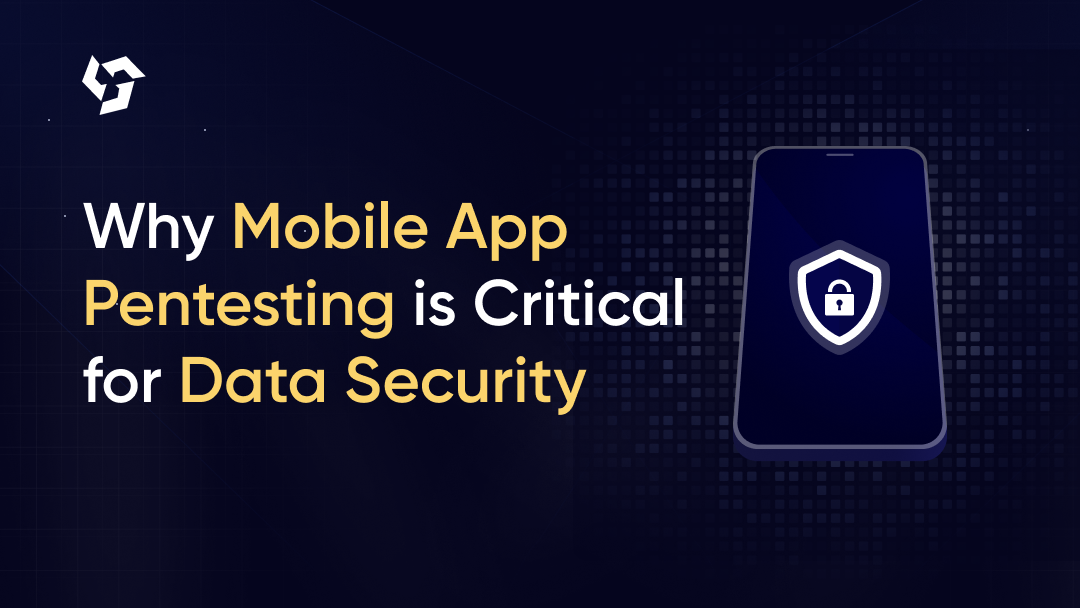
.png)
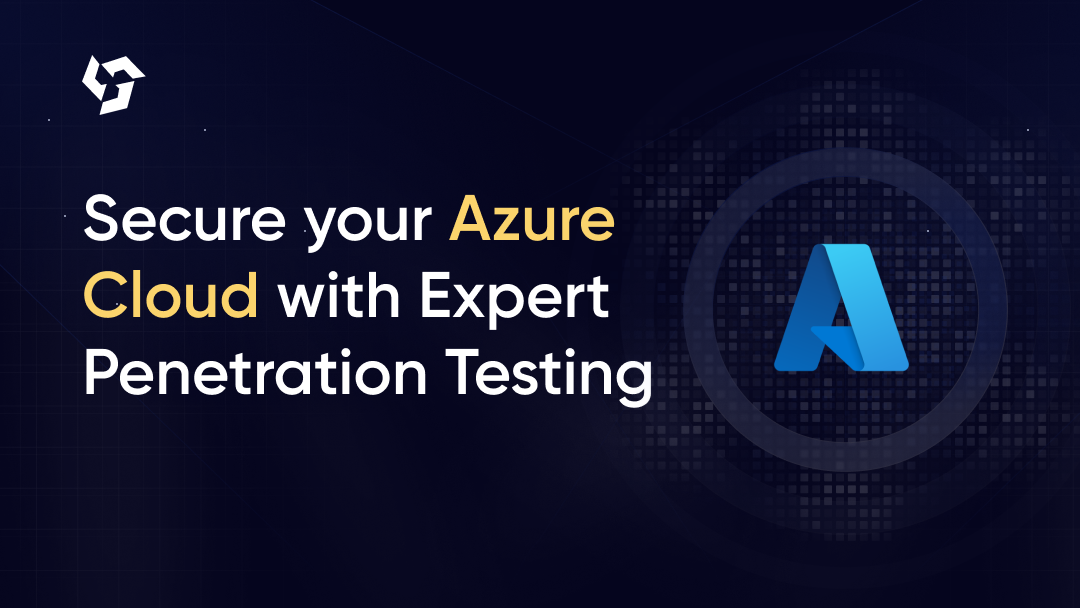
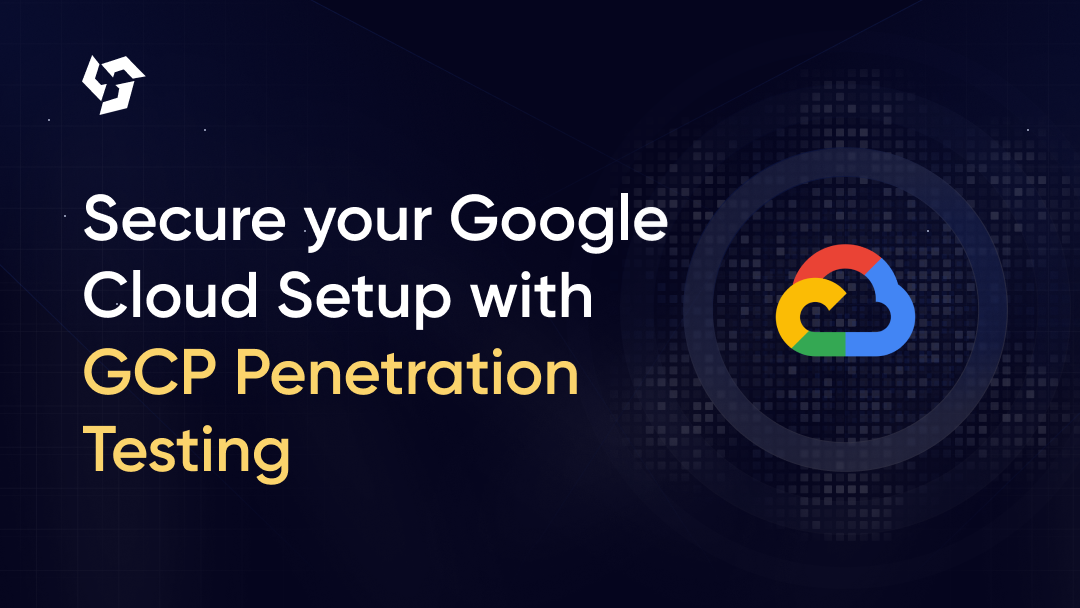
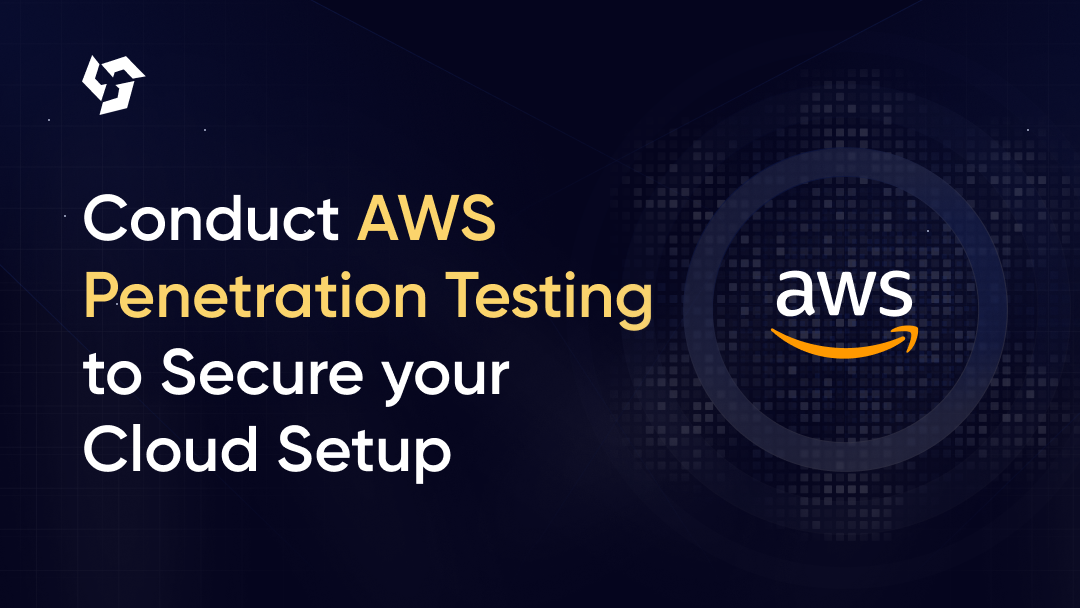
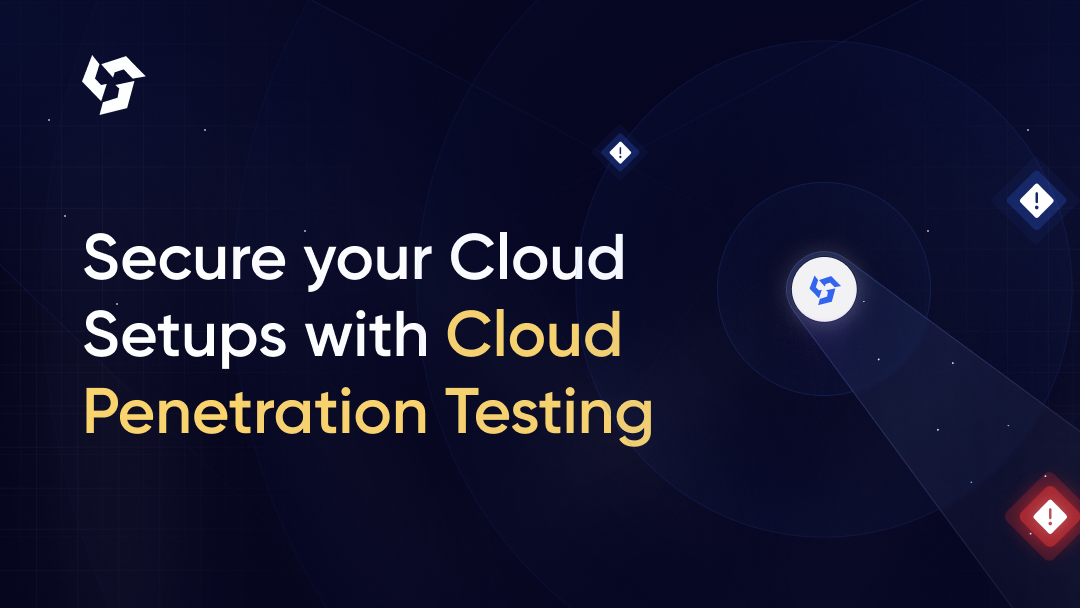
.png)
.png)
.png)
.png)
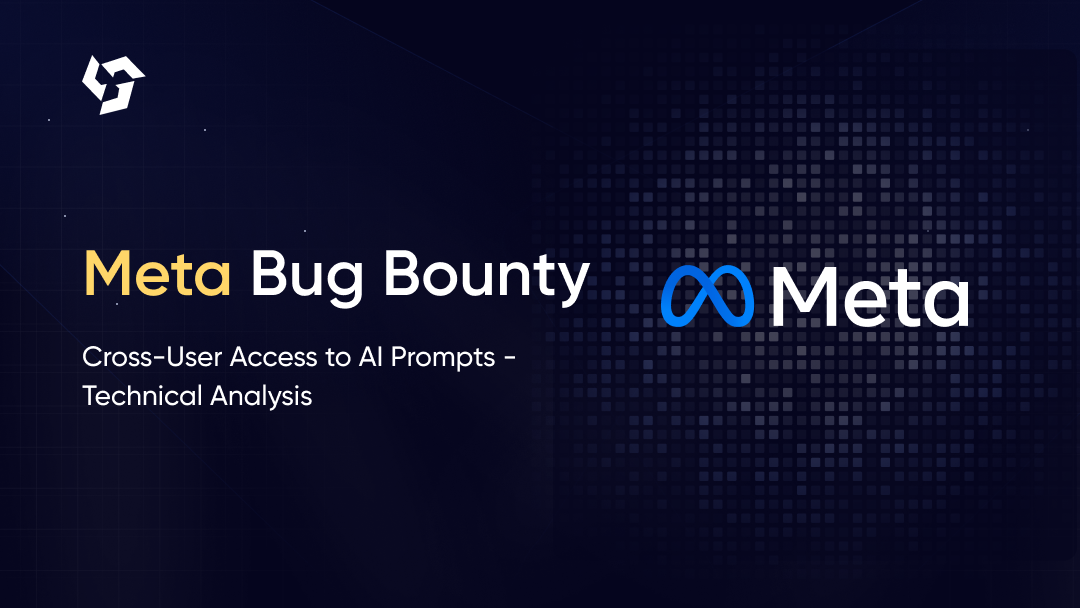
.png)
.png)
.png)

.png)
.png)
.png)
.png)

.png)









.webp)





.webp)


.webp)

.webp)




.webp)
